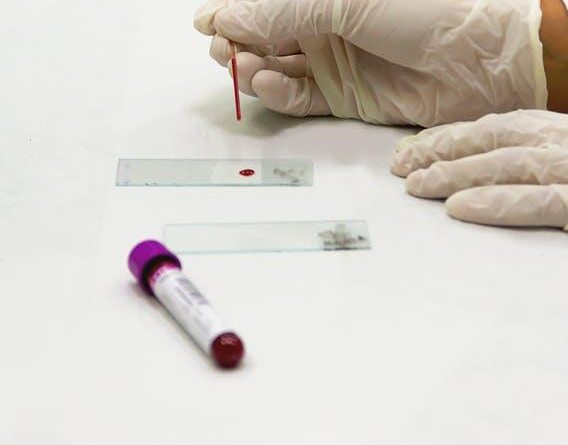Get Certified in Bloodborne Pathogens Essential Training for Safety
What do you know about bloodborne pathogens? These are harmful germs that live in human blood and can cause disease. They are a serious risk in jobs where people may touch blood or body fluids.
Getting certified in bloodborne pathogens training demonstrates your commitment to safety. The training helps you learn how to work with hazardous materials the right way. It also helps keep your workplace safe for everyone.
This blog will cover the essential training to ensure safety and prevent exposure in the workplace. Keep reading.
Key OSHA Standards and Compliance Requirements
OSHA, or the Occupational Safety and Health Administration, has clear rules for handling bloodborne pathogens. These rules help protect workers from serious health risks. Every employer must follow them to keep the workplace safe.
Proper training helps workers understand their rights and responsibilities. It teaches them how to stay safe around dangerous materials. This creates a safer and more aware work environment.
Personal Protective Equipment (PPE): Proper Use and Maintenance
PPE helps shield workers from bloodborne pathogens, and using gloves, gowns, and masks correctly lowers the chance of exposure. Workers should learn how to put on and take off PPE correctly.
PPE must be kept clean and in good condition, as damaged or dirty equipment does not provide adequate protection. Regular checks and replacement are part of safe PPE use.
Safe Handling and Disposal of Sharps and Contaminated Materials
Needles and other sharps are a major safety concern. Careful handling reduces the risk of cuts or infections. Used sharps must go in approved containers right away.
Handling contaminated items also requires caution. Workers should always wear PPE and follow safety steps. These habits help stop the spread of harmful germs.
Emergency Procedures for Exposure Incidents
If someone is exposed to blood, taking quick action is important. Acting quickly can limit the damage and risk of illness. Workers should know the steps and practice them often.
Employers must have a clear emergency plan. Regular training and drills keep everyone ready. Being prepared helps protect lives.
Best Practices for Workplace Decontamination and Hygiene
Keeping the workplace clean is a top priority. Regularly cleaning tools and surfaces helps stop the spread of germs. These steps should be part of the daily routine.
Good hygiene matters too. Handwashing and safe habits reduce the chance of infection. Training should focus on both personal and shared hygiene rules.
Certification Process: What to Expect and How to Stay Compliant
Many workers require bloodborne pathogens training to remain safe on the job. MyCPR NOW’s bloodborne pathogens certification is one way to complete this training online. It offers a simple way to learn important safety steps.
After the course, workers receive a certificate to show they are trained. This certification proves they know how to mitigate risks and protect others. Regular updates help them follow safety rules at work.
Ensuring Safety Against Bloodborne Pathogens
Bloodborne pathogens pose significant risks in various settings. Training staff on proper procedures helps keep workplaces safe. Protecting workers is essential for ensuring overall health.
Take the initiative to get certified today. A commitment to understanding bloodborne pathogens can safeguard everyone. Act now to ensure a safe work environment for yourself and your colleagues.
We hope this guide has been a good resource. Make sure to check out the rest of our site for more informative blog posts.

